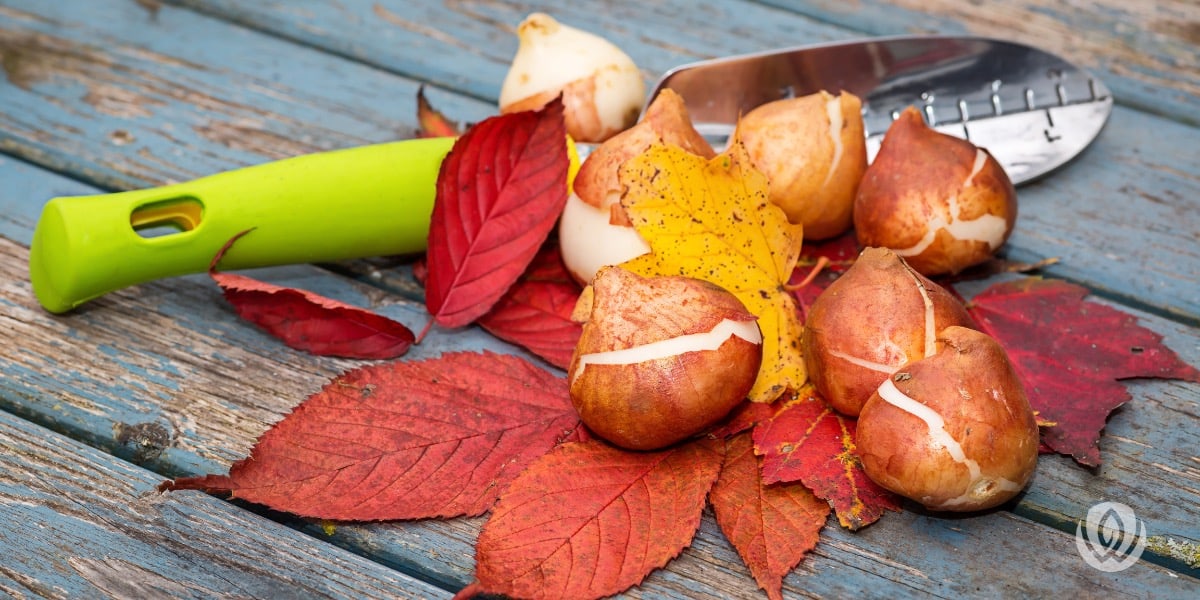
October is the perfect time for planting spring bulbs. That’s because bulbs need time to establish a healthy root system before winter arrives. If you plant them too late, they may not emerge in spring.
First, decide what flowers you want, and what colors. You may want to browse online catalogs for an idea of what the flowers will look like as well as when they bloom and how big they get.
If you’re shopping at a local plant farm or garden center, select the highest-quality bulbs you see. Bulbs should be plump and firm, with no signs of root rot. If you decide to order online, do your research and order from a reputable, well-established company with good reviews.
Examples include:
If deer are not a problem in your area, you may choose to plant masses and masses of tulips. If you have a local deer herd, don’t waste your money on tulips. It’s like opening a buffet. To get bulbs that live longer and come truly come back year after year, the University of Maryland Extension recommends selecting the Darwin hybrids.
If deer are a problem in your neighborhood, you may want to plan ahead and include some deer-resistant spring bulbs. These include:
Grape Hyacinths
These miniature purple hyacinths are one of the first to bloom in the spring. They’re great for naturalizing or at the front of a garden bed. They will naturalize easily.
Snowdrops
Some people say when the snowdrops bloom, winter is over. These small white flowers are early bloomers, sometimes pushing up through the snow. They are toxic to deer.
Hyacinths
Hyacinth bulbs are toxic to deer, squirrels, and other animals. They are very fragrant and come in a wide array of colors, including purple, pink, and white. These bulbs bloom a bit later than snowdrops and grape hyacinths. They can put on quite a show in a bulb garden.
Daffodils (Narcissus)
Daffodils are also toxic to deer, so are deer-proof. There are hundreds of varieties in shades of yellow, white, pink, red, and orange. You can plant them in a formal bulb garden or allow them to naturalize on a bank or larger area.
Most bulbs need full sun to thrive, so pick a sunny spot in your yard to create a new garden bed. You can also add spring bulbs to an existing garden bed or around the base of a tree. Another option is to plant the bulbs in a naturalized fashion, with 2 or 3 bulbs planted in a random pattern in several areas of your yard.
Follow the planting directions that come with your bulbs, as the depth and spacing will vary.
Once the foliage has died back on your spring flowering bulbs, it is safe to dig them up and move some of them to another area of your yard. Dig up an entire clump, and replant some in different areas.
If you’re already thinking about what your yard will look like next spring and you’re ready for some upgrades, our team can help. We provide landscape design, outdoor kitchen installation, inground pool design and installation, and much more.
We are currently setting design consultation appointments for fall installation. Check out our Portfolio for examples of our work, and to get inspired. We work with homeowners throughout the Capital Region, including Northern Virginia, Maryland, and Washington D.C.
"*" indicates required fields
